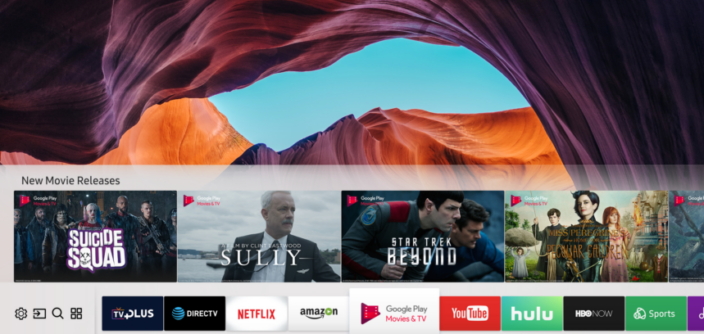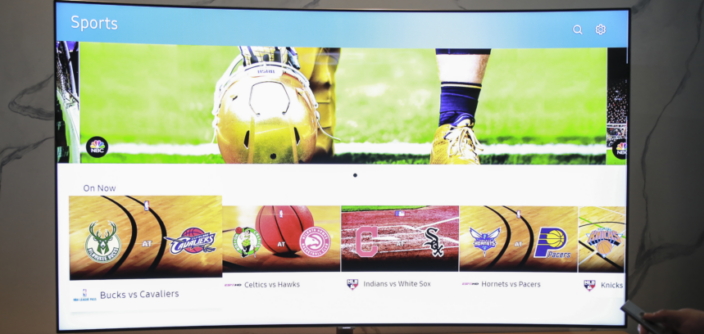Is Your Television Smart?
on April 28, 2017
What’s the first thing you look for when buying a television?
Recent surveys conducted by Samsung Electronics on the determinants of consumers’ purchasing decisions when buying a new television show that consumers’ priorities have changed noticeably over the past few years.
Smart Function – A Significant Factor in Choosing a Television
In the past, picture quality, price and screen size were the foremost factors considered by consumers when buying a television. According to a survey on the usage and attitude (U&A) of American consumers conducted by Samsung Electronics in 2014 and 2016, the significance of the aforementioned factors decreased whereas the importance of smart function doubled from 15.1 percent to 29.6 percent within the two years.
On a separate survey* conducted in June 2015, American consumers were asked the question “Why do you want to upgrade your television?” The options ‘picture quality’ and ‘smart function’ tied at 46 percent, followed by ‘screen size’.

Are Smart TVs Truly Smart?
Starting in 2010, Samsung has made various attempts to make the television smarter by incorporating features like a TV app store, search and web surfing, multi-screen capabilities and even support for shopping. Today, however, an average of 2.8 devices such as set-top boxes, game consoles and blue-ray players are connected to the television, while the average consumer has about four remote controls lying around their living room. Such an environment hinders the user experience, and leads consumers to wonder if smart TVs are, in fact, truly smart.

Rethinking Smart TV
These days, countless live TV and Over-The-Top (OTT) companies broadcast content. In fact, the number of television content and application partners for Samsung alone exceeds 1,000.
So, what exactly makes a television smart? Through a project called EDEN, Samsung decided to rethink the answer to this question.
“Whereas the television used to be a device that changed broadcast signals into an image on a screen, today’s TV is a device that connects various multimedia sources,” said Sangsook Han, Vice President of Visual Display Business at Samsung Electronics. “Thus, we have come to the conclusion that a true smart television should be able to provide a range of content in a quick and easy manner and allow users to enjoy supreme picture quality.”
3.3-Fold Increase in Smart TV App Usage
Samsung has improved the smart TV by enabling it to automatically recognize connected devices and making it possible to control these devices via one integrated remote control. Searching and accessing content has also been facilitated through a clean, well-organized smart television menu that displays content and apps in a single row at the bottom of the screen.

Since incorporating the concept of ‘Single Experience’ to our TVs, the usage of Samsung Smart TV apps and services has increased 3.3-fold, and the frequency of controlling set-top boxes with an integrated remote control has increased 1.6-fold.
What’s Next?
But this is only the beginning, as Samsung is planning to develop technologies to enhance the smart television even further.
“We will extend the user experience by going beyond using a smartphone as a remote control to select and display content on TV,” said Han. “We will strive to enhance the Samsung Smart TV ecosystem – which already exceeds 100 million devices – by intensifying voice recognition and artificial intelligence, utilizing big data, and more.”
*Respondents were allowed to select more than one answer choice

